UME to the rescue
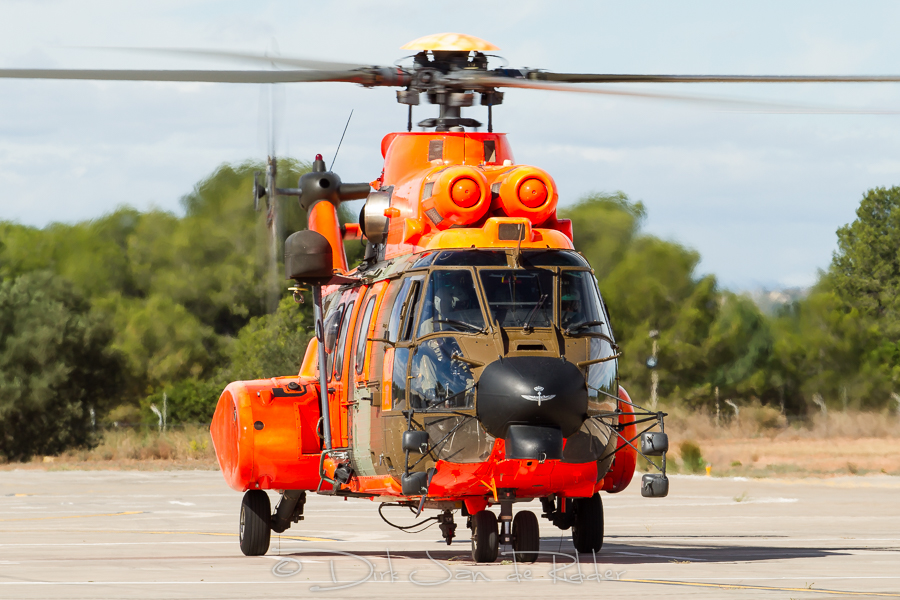
Batallón de Helicópteros de Emergencia II (Emergency Helicopter Battalion II, BHELEME II) is the youngest helicopter unit of the Spanish Army. The battalion is under day-to-day command of the Spanish Army, but under operational command of the Unidad Militar de Emergencias (Military Emergencies Unit) when its helicopters are being used for disaster relief.
The types of missions performed include evacuations, fire fighting, search and rescue as well as transportation of emergency personnel and material. The unit’s light helicopters -four Eurocopter EC135s- are based at Colmenar Viejo near Madrid. Four brand new AS532AL Cougars form the medium-lift helicopter unit of the battalion at Bétera near Valencia.
The Unidad Militar de Emergencias (UME) was created in 2006 to intervene within the national territory and in cooperation with state emergency services in situations of serious risk and catastrophes. It is the youngest branch of the Spanish armed forces with five emergency intervention battalions comprising around 4,000 personnel from the air force (7%), army (90%) and navy (2%). The aviation component of UME is equipped with Canadair CL-215 and CL-415 aircraft from the Spanish Air Force, as well as the above mentioned Spanish Army helicopters. All of UME’s airborne assets are used for fire fighting, but the helicopters have a couple of additional missions as well.
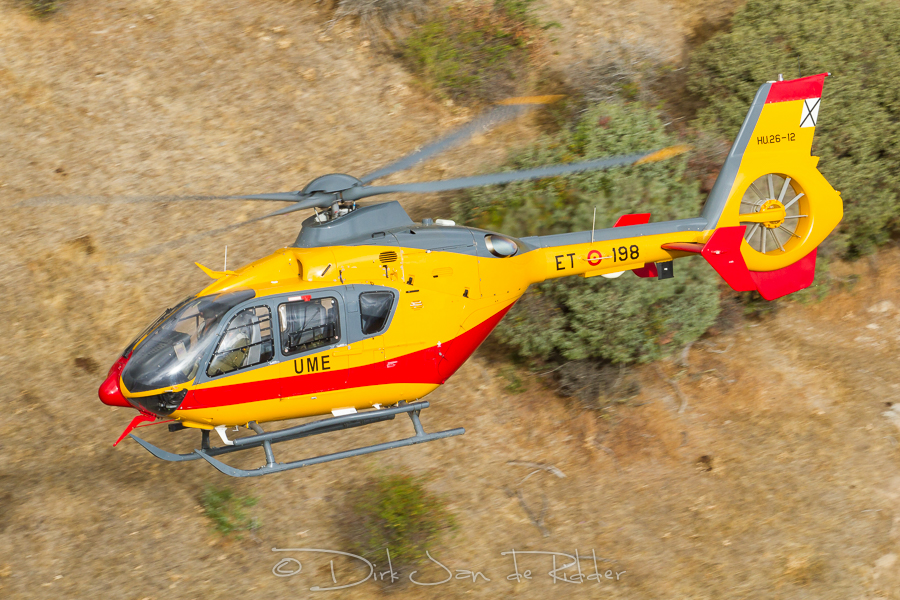
Bétera serves as the homebase of BHELEME II. Its four Eurocopter AS532AL Cougars were delivered fresh from the Eurocopter Spain production line between 2011 and 2013. They are painted in a camouflage scheme with large parts of the fuselage painted over in bright orange, making it difficult for other firefighting aircraft not to spot them. It is not the most elegant color scheme, but it is very effective and it creates the possibility to repaint the helicopters quickly and send them wherever they are needed in war situations, although this is unlikely to happen.
BHELEME II personnel have deployed to Afghanistan, but always as part of other battalions and using their helicopters. In reality, during the firefighting season they are as busy as any pilot deployed to abroad. Auxiliary fuel tanks increase the Cougar’s flight time to nearly five hours, enough to reach any location on the mainland without refuelling. The only part of Spain not within direct reach are the Canary Islands, so those are covered by the Canadair water bombers of the Spanish Air Force.
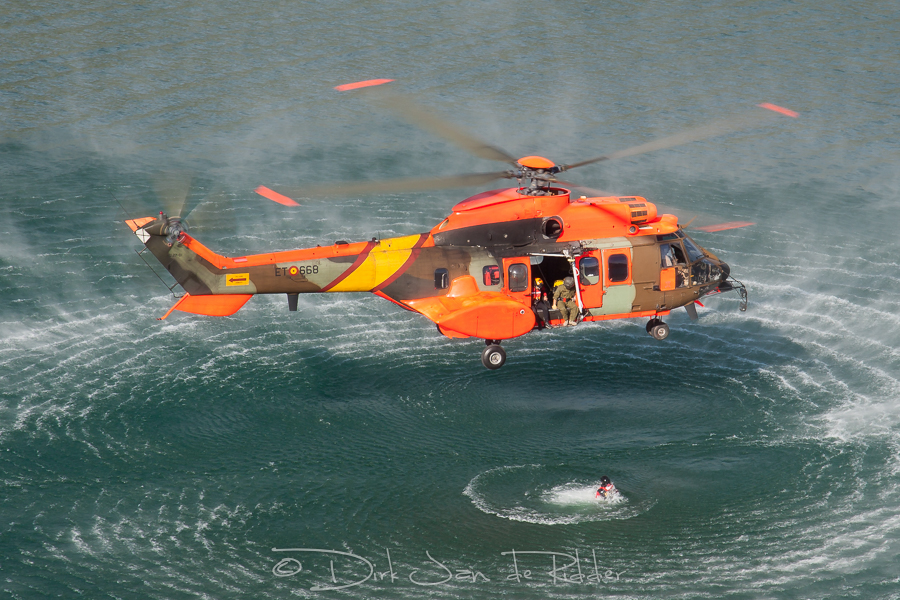
BHELEME II’s Eurocopter EC135s were ordered in 2007 and delivered a year later. For maintenance efficiency reasons they were not based at Bétera, the unit’s homebase, but at Colmenar Viejo, where a further six EC135s are also used by the Spanish Army’s helicopter pilot training center. Student helicopter pilots fly the Turboméca-powered EC135T1, T2 and T2+, while BHELEME II uses a single EC135T2+ and three EC135P2+ with Pratt & Whitney engines. Apart from the engines, the only real difference between the ‘Echo Charlies’ of both units are mission equipment and color scheme.
The brightly yellow painted rescue helicopters really stand out from the dark grey EC135s used for tactical training, making them hardly recognisable as military helicopters. The EC135 is used for a variety of missions ranging from command and control during emergencies to reconnaissance, medical evacuation and VIP transport. The EC135 is suitable for both IFR and VFR flights and it can even fly at night using night vision goggles, which its pilots train for every four months.
The helicopter is flown by a pilot and co-pilot and it takes a maximum of 5 or 6 passengers or 2 stretchers. It can be flown by a single pilot (both IFR and VFR), but Spanish Army regulations do not allow for that to be done. The role of the EC135’s crew during firefighting is similar to that of an airborne forward air controller. The helicopter will fly over the scene, guiding other fire fighting assets onto their targets and making sure they keep a safe distance from each other. A fully loaded EC135 can fly autonomously for about three hours.
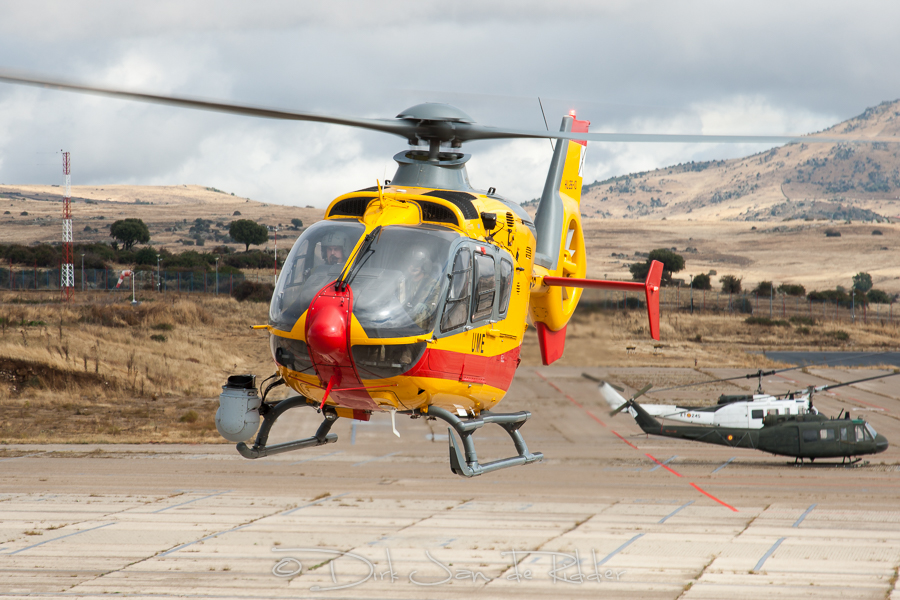
For fire fighting, the Cougars make use of two types of bambi buckets. The 2,000-liter BBT 4453 is smaller but can be taken onboard, while the BBT 6578 takes 500 liters more. Both of them have a PowerFill system allowing bottom-filling from sources of water as shallow as 18” (45cm). When working with bambi buckets, the helicopter is equipped with adjustable mirrors, a megaphone and siren. While the Spanish Air Force’s Canadair water bombers are able to drop a much bigger load, helicopters have advantages of their own.
During the 2012 fire fighting campaign Canadair planes dropped an average of 3 loads per flying hour, while Cougars managed to drop six loads per hour. This is due to the fact that the aircraft need a big lake to refill their water tanks whereas a Cougar can even take water from a small backyard swimming pool. The most dangerous aspects of fire fighting are obviously picking up and especially dropping water. When pilots drop 2500 liters of water, the helicopter loses a lot of weight in an instant and the helicopter will climb away from the fire. If the bucket does not open well, this can lead to tricky situations, even more so when flying between the mountains.
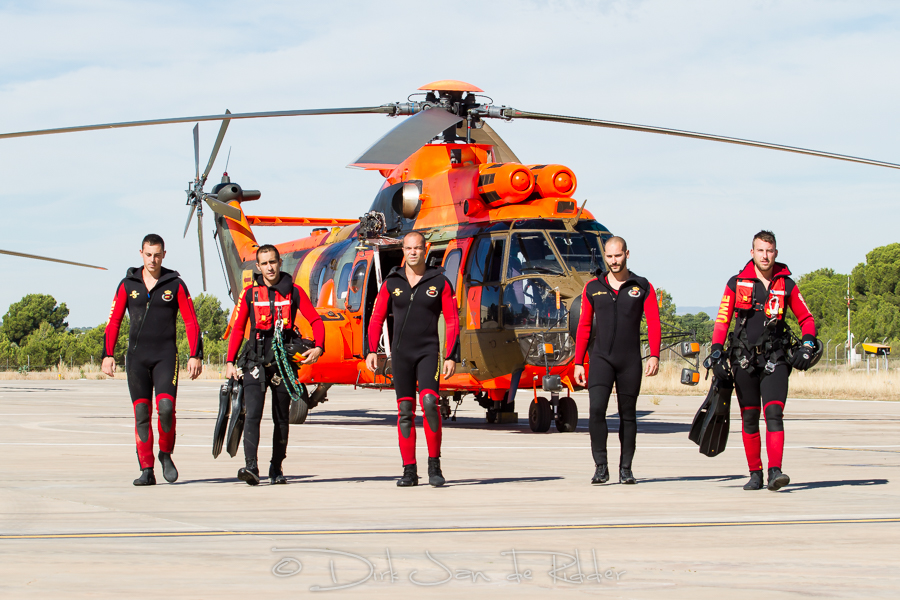
The firefighting season runs from mid-June to mid-September. When pilots are off-base, their response time is two hours but more commonly they remain on-base 7 days a week and their response time is simply ‘as soon as possible’. Wildfires are initially the responsibility of local fire brigades and civilian fire fighting helicopters. Only when they are not able to control the fire, UME’s helicopters are called into action.
Future plans call for the Cougars to be used during biological and chemical disasters as well. The battalion is in an early phase of testing NBC suits in flight but as of yet no date has been set for when this role will be activated.
The economic crisis, which started around the time when BHELEME II was created, has had a big impact on the battalion. The unit was originally slated to receive 15 Cougars, but not only has the number of helicopters delivered decreased dramatically, the pilots’ flying hours have been downscaled as well. It is hoped that these will be restored once the economy pulls out of the crisis.
A full report appeared in several magazines, including in Rotorblatt:


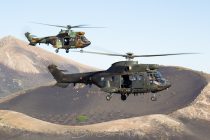
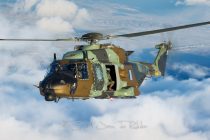
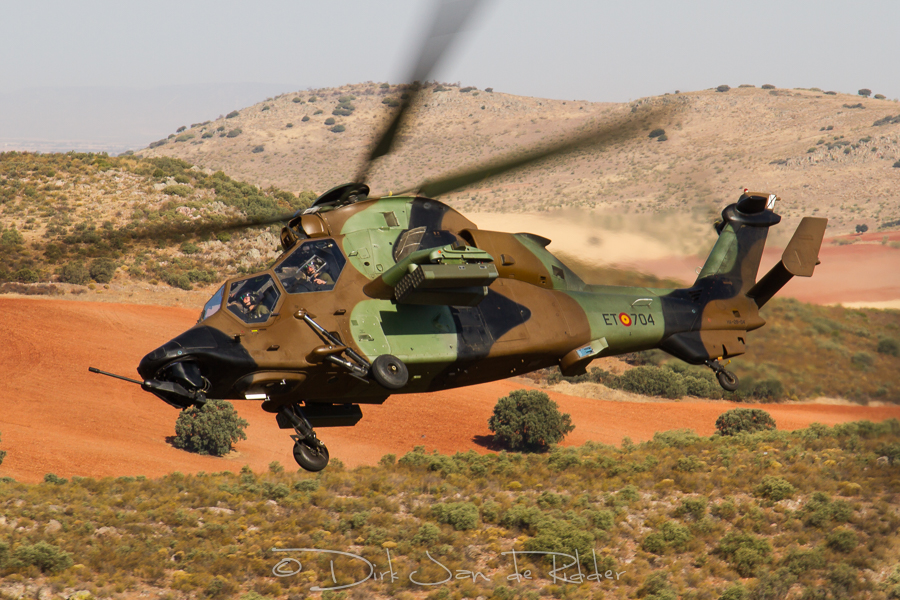

Comments are closed.